Description
Many products have not been listed yet. For more products, please contact us
If the product model is inconsistent with the displayed image, the model shall prevail. Please contact us for specific product images, and we will arrange for photos to be taken and confirmed in the warehouse
We have 16 shared warehouses worldwide, so sometimes it may take several hours to accurately return to you. We apologize for any inconvenience caused. Of course, we will respond to your concerns as soon as possible.
PFEA111-20 3BSE050090R20 Other names:
Tension amplifier PFEA111-20 3BSE050090R20
PFEA111-20 3BSE050090R20 tension spare parts
Tension system module PFEA111-20 3BSE050090R20
All four versions have DIN rail versions and enclosed IP65 (NEMA 4) versions, which can be installed in more harsh environments.
Regarding this system, your tension measurement system includes: • Tension Electronics PFEA111 or PFEA112 – PFEA111 is an economical and efficient compact user-friendly tension electronic device that can provide accurate and reliable fast analog SUM signals from two weighing sensors for control and/or monitoring. The monitor can display SUM, individual A&B, and differential signals. The small size and DIN rail installation make it easy to integrate the device into many types of electrical cabinets – PFEA112 provides the same functionality and user friendliness as PFEA111, and adds fieldbus communication through Profibus DP.
Tensioning electronic products cover a wide range of application areas, with three versions (PFEA 113 described in a separate manual), offering different levels of performance and functionality. These three versions all have multilingual numerical display and configuration keys. The configuration key is used to set different parameters and check the status of the tension system. A 2 x 16 character display can display total, difference, or individual weighing sensor signals.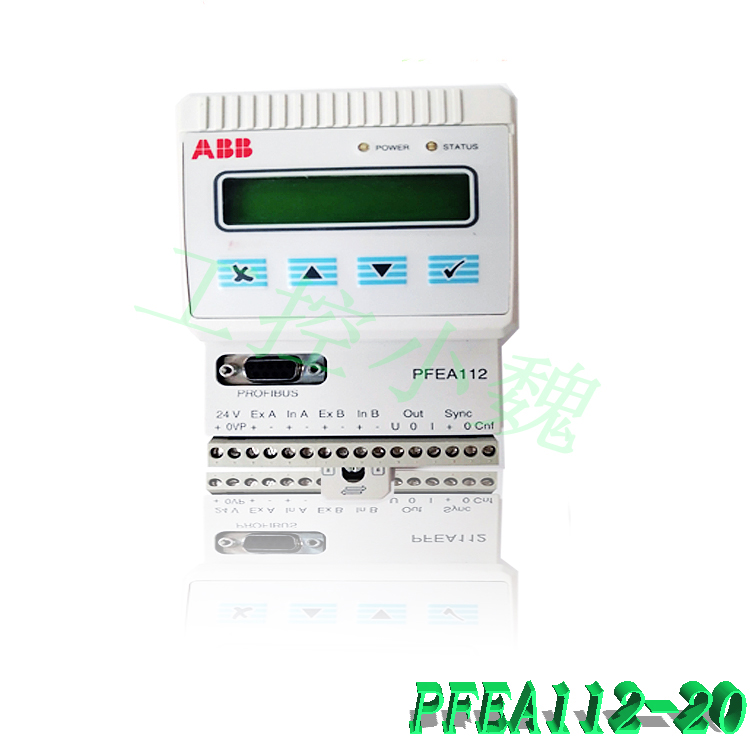
All three versions come in DIN rail version (IP 20 version, unsealed) and enclosed IP 65 version (NEMA 4), which can be installed in more harsh environments The PFCL 201, PFCL 301E, PFTL 101, PFTL 201, PFTL 301E, and PFRL 101 weighing sensors are suitable for a wide range of manufacturing processes for transporting rolls of any type of material (such as paper, plastic, or textiles) in machines. The only requirement is to wrap the web paper around the web paper.
The force acting on the roll is directly proportional to the tension of the roll paper. The force generated from this is transmitted to the pressure measuring element through the bearing box. The weighing sensor generates a signal proportional to the force acting on the measuring direction of the weighing sensor. This signal is processed and amplified in tension electronic devices, and can be used as an input signal for process control, display or registration on displays.
Based on Pressconductor ® The working principle of force sensors has a significant impact on their performance in the measurement technology of technology. It also affects the hardness and vibration free degree of the entire weighing sensor, as well as its firmness and overload tolerance. All these factors will affect the design, operation, and maintenance of paper processing machinery. When the weighing sensor is subjected to mechanical force, ABB’s Pressconductor ® Sensor technology generates signals due to changes in electromagnetic fields. This is a working principle originating from metallurgical phenomena, according to which mechanical forces can alter the ability of some steels to transmit magnetic fields.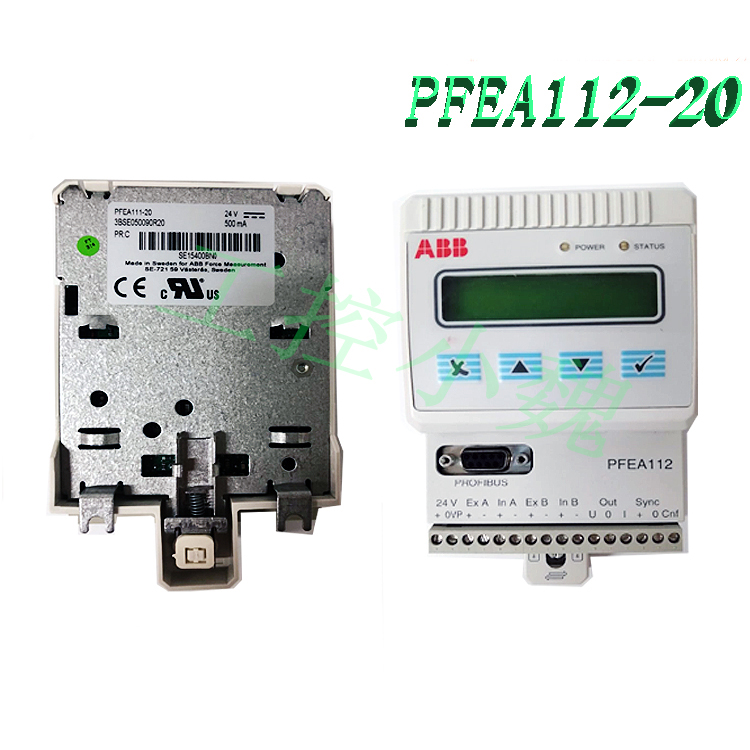
Unlike other types of weighing sensor technologies, signal generation does not require physical motion, such as compression, bending, or stretching. Pressconductor ® Sensors (sensors inside weighing sensors) are a simple and elegant design. Essentially, the two vertical copper wire windings surrounding the steel core are combined to provide measurement signals. Generate an electromagnetic field by continuously feeding AC power to one of the windings. The positioning method of the magnetic field is that, as the windings are at right angles to each other, there is no magnetic coupling between the load cells when they are not subjected to force. However, when the transducer is subjected to force, as shown in the figure, the magnetic field mode changes. A part of the field is coupled with the second winding and induces an AC voltage that reflects the tension applied by the amplitude material on the measuring roller. This voltage is a relatively strong sensor signal that is converted from the tension electronic device of the weighing sensor system to the system output.
To resist interference, the weighing sensor cable should be separated from the noisy power cable as much as possible. The recommended minimum distance is 0.3 meters (12 inches). If the measurement system cables encounter cables with noise, they must cross at right angles
The tension electronic devices of the wall mounted IP version (NEMA 4) do not require synchronization.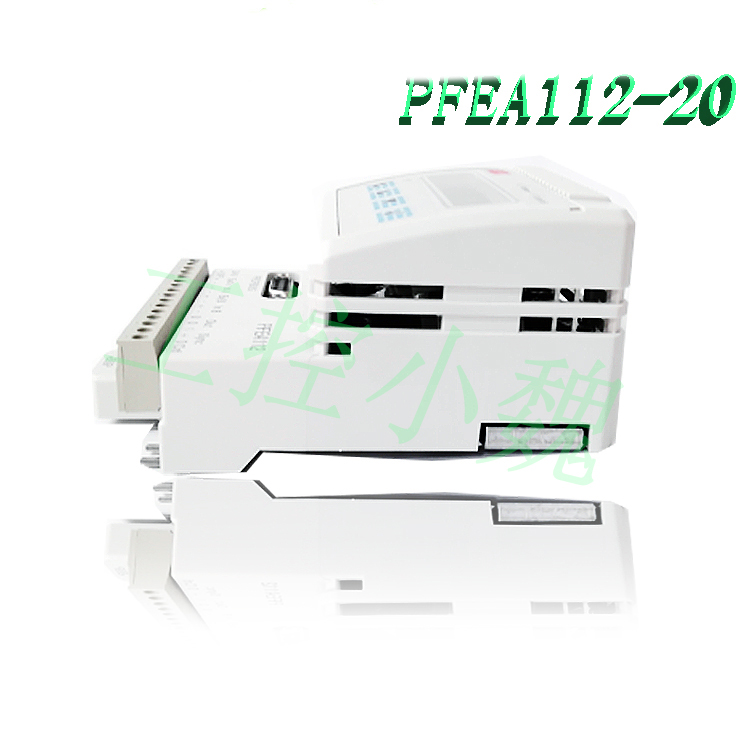
If two or more IP 20 version (unsealed) tension electronic devices are installed in the same cabinet, they must be synchronized. Synchronization is achieved by interconnecting the SYNC terminals of all units, the screw terminals X1:14, and the screw terminals X:15 of all units. Twisted pair or shielded cable must be used. If one unit is closed or removed, the remaining units remain synchronized.
Connect the metal bottom of grounded PFEA111-20 and PFEA112-20 to the metal DIN rail used as a tension electronic grounding connector. This is to ensure good grounding connections for internal logic, EMI immunity of electronic devices, and RF emissions. The DIN rail must be well connected to the PE (protective grounding) of the cabinet. In order to achieve the best possible corrosion resistance, DIN rails should be chrome plated, such as yellow chrome treatment. Use star shaped washers and each screw used to secure the DIN rail to the mounting plate.
In order to secure the DIN rail to the mounting plate, the minimum screw diameter is 5 mm and the maximum distance between screws is 100 mm. For fault free operation, careful grounding is necessary. Note the following: • If the free (unshielded) length exceeds 0.1 m (4 in.), the power and signal wires must be twisted separately • The external protective grounding (PE) cable must be connected to one of the grounding rod spiral clamps. • All cable shields must be connected to the grounding rod, and the length of the shield connection must be less than 50 millimeters (2 inches).
The main functions of tension controllers are reflected in the following aspects:
Control the tension of objects: The tension controller can adjust the tension on the object as needed to ensure its stability and normal operation. In some application scenarios that require constant tension, such as textile, papermaking, printing and other industries, tension controllers can monitor and adjust the tension of objects in real time, keeping them within the set numerical range.
Protecting objects: The tension controller can prevent objects from being damaged or broken due to excessive tension. When an object is subjected to external tension or gravity, the tension controller can adjust the tension of the object in real time, ensuring that it is always within the appropriate tension range, avoiding excessive stretching or breakage.
Improving production efficiency: The tension controller can automatically monitor and adjust the tension of objects, thereby achieving automated production and improving production efficiency. It can automatically adjust the output of the tension controller based on the speed and tension changes of objects during the production process, making the production process more stable and efficient.
Improving product quality: By controlling and adjusting the tension of objects, tension controllers can ensure stable product quality.
All products on this website are special products, and market prices have been fluctuating,
The specific customer service quotation shall prevail, as the product is a new product and the price is not genuine,
Please confirm the model, product, price, and other detailed information with customer service before placing an order. The website has been used,
The new one is for sale, please contact customer service to communicate.
Model recommendation:
PFEA111-20 Tension controller
PFEA111-20 3BSE050090R20
PFEA111-65 3BSE028140R0065
PFEA111-65 Tension controller
PFEA112-20 Tension controller
PFEA112-20 3BSE030369R0020
PFEA112-20 3BSE050091R20
PFEA112-20 3BSE050091R20 3BSE030369R0020
PFEA112-65 Tension controller
SELCO SIGMA S6500 UI
SAILOR COBHAM DPD 06076 TT38-124765
UDD406A 3BHE041465P201
MCS BOXERS-R-AEC6900-0001
0165-058-51-R
More……


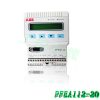
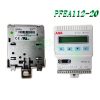
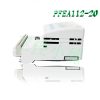
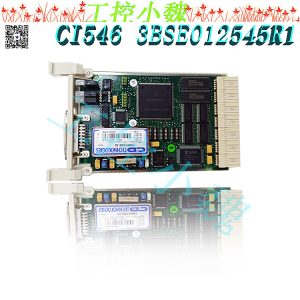
-300x300.jpg)
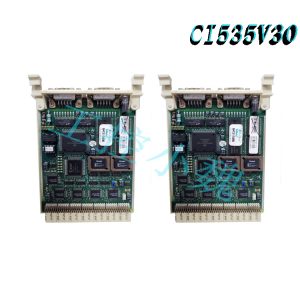
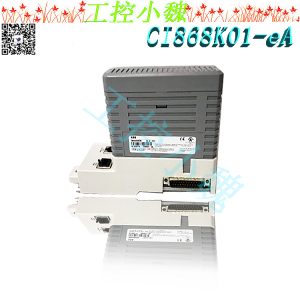
admin –
Regarding this system, your tension measurement system includes: • Tension Electronics PFEA111 or PFEA112 – PFEA111 is an economical and efficient compact user-friendly tension electronic device that can provide accurate and reliable fast analog SUM signals from two weighing sensors for control and/or monitoring. The monitor can display SUM, individual A&B, and differential signals. The small size and DIN rail installation make it easy to integrate the device into many types of electrical cabinets – PFEA112 provides the same functionality and user friendliness as PFEA111, and adds fieldbus communication through Profibus DP.
Janina Ishida –
You should take part in a contest for one of the best blogs on the web. I will recommend this site!
Valentin Huneycutt –
Some genuinely interesting points you have written.Aided me a lot, just what I was looking for : D.